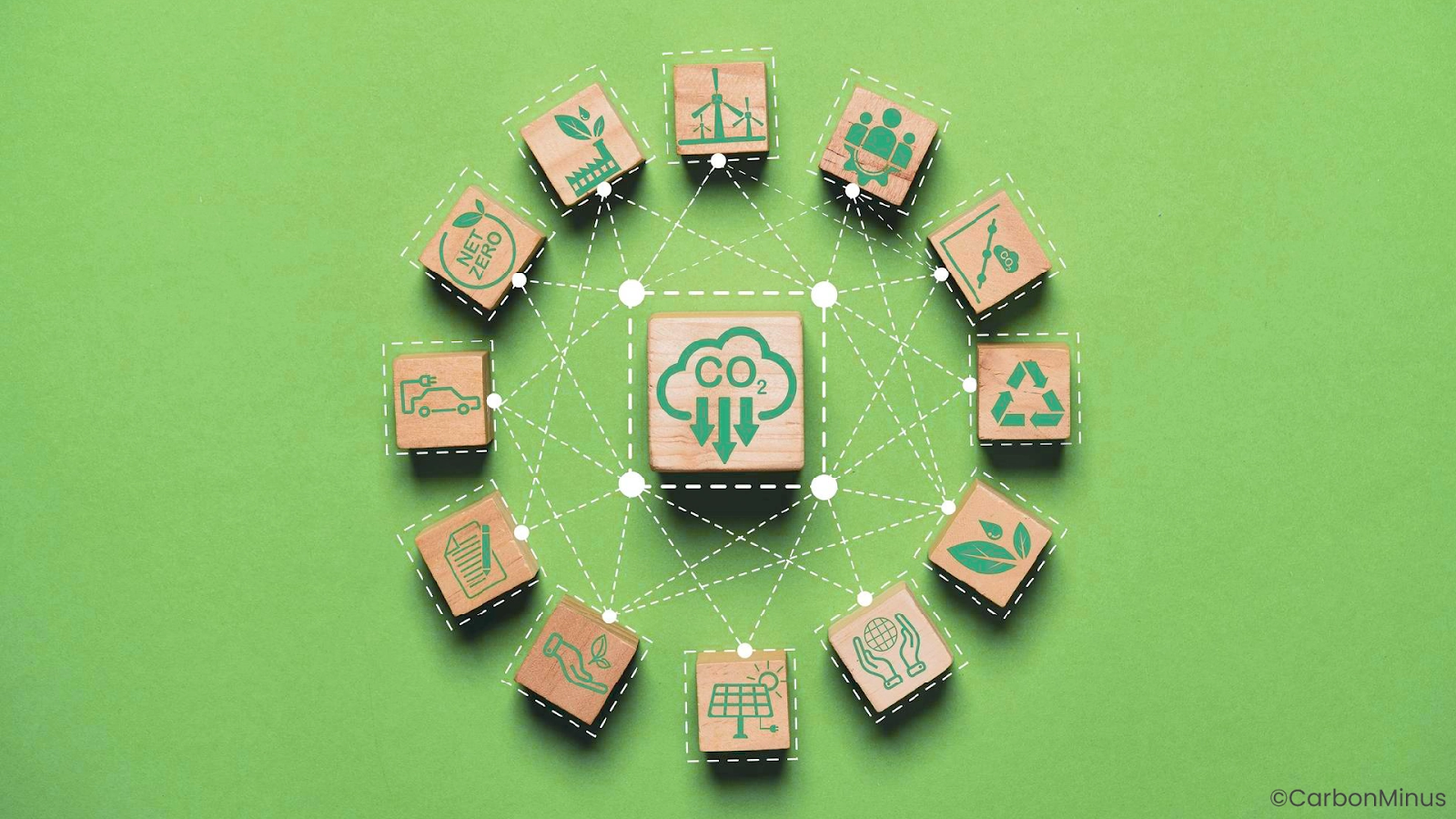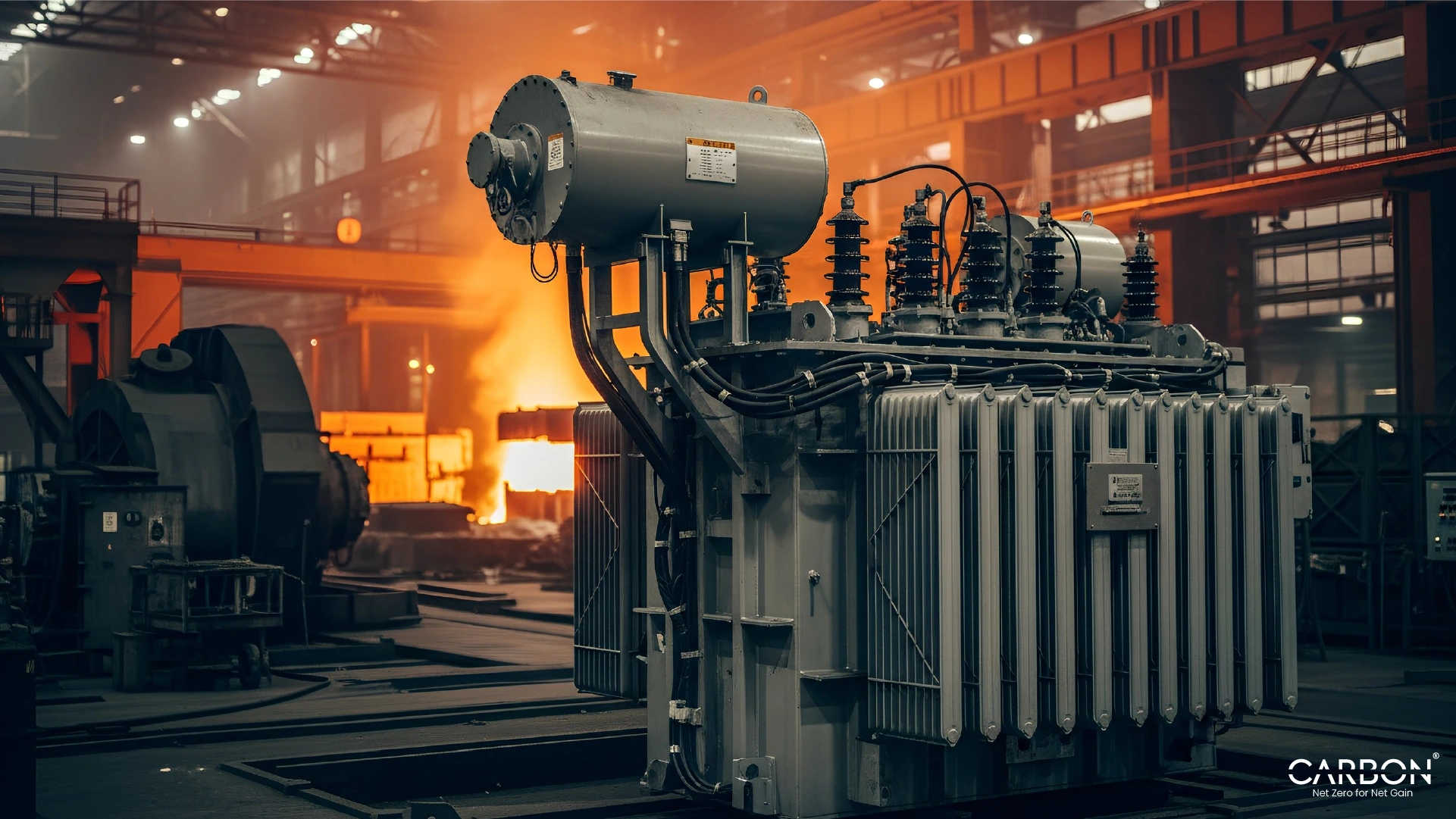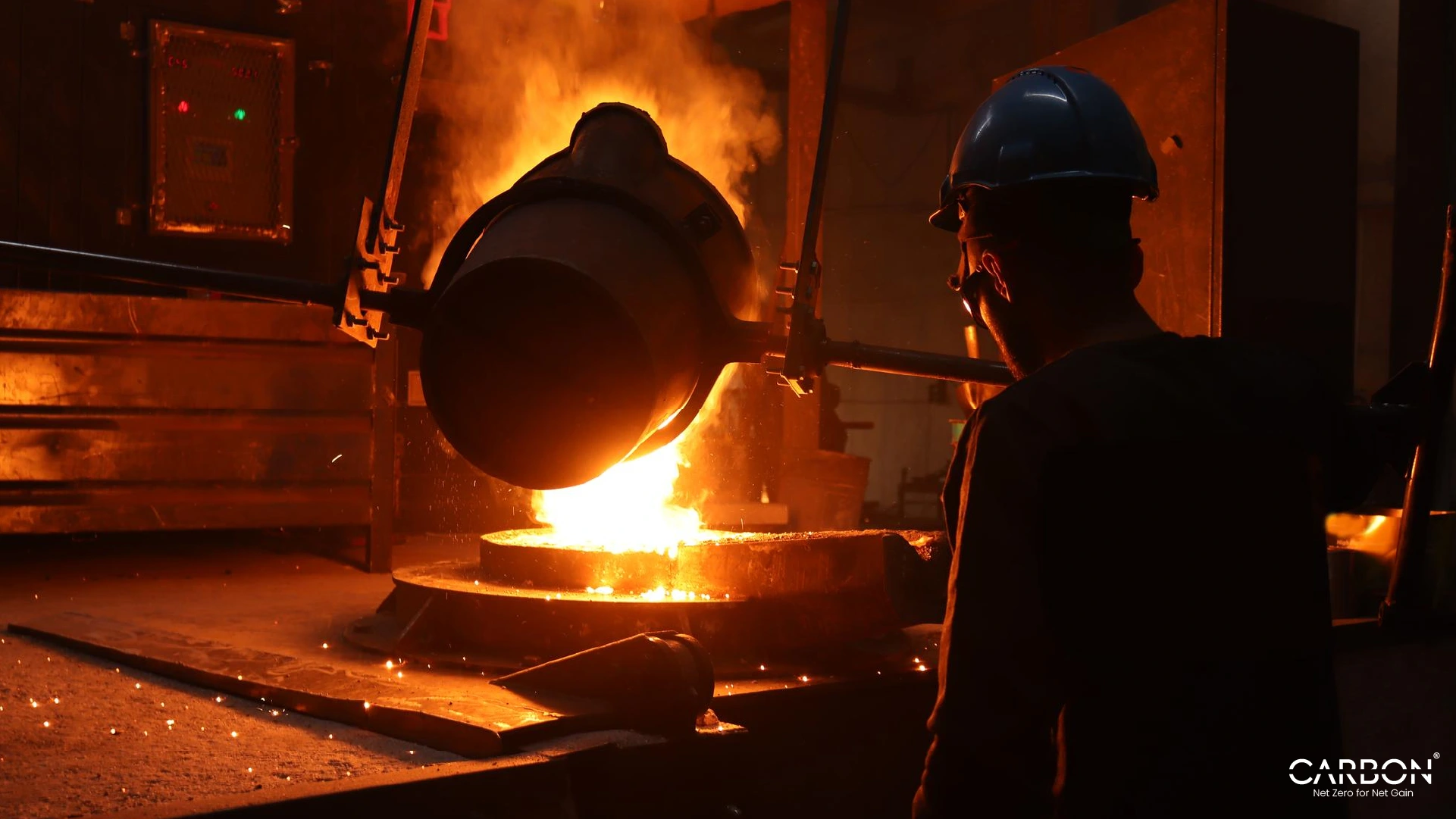So far, we’ve looked at the forces reshaping business through the lens of carbon:
- The global megatrends forcing strategic change.
- The role of technology in managing complexity.
- The pathways to deep decarbonization in hard-to-abate sectors.
But if we stop at carbon, we miss the full picture.
Future-ready sustainability goes further. It includes how we use resources. How we design our products. How we interact with ecosystems, use materials and restore nature. Because in the long run, emissions are just one symptom of a broader imbalance.
What’s coming into focus now is the need for a more circular and nature-positive approach. One that values durability over disposability, regeneration over extraction, and systems thinking over silos.
This is about expanding our field of vision. Because businesses that lead in this space will be creating value in new ways: by designing smarter, reducing waste, and building stronger connections with customers, investors, and communities.
In this article, I’ll explore why circularity and nature-positive strategies are rising to the top of the agenda, and how they can complement and strengthen your core sustainability goals.
Because sustainability isn’t static. And neither is the responsibility or opportunity that comes with it.
The Circular Economy Imperative
The way we create and consume hasn’t changed much in decades. We extract, produce, use, and discard.
But that linear model is hitting its limits.
Resource constraints. Supply chain disruptions. Volatile material costs. Waste management pressure. It’s no longer just an environmental concern, but a business risk.
But the circular economy flips the model. Instead of “take, make, dispose,” it prioritizes systems that keep materials in use for as long as possible. Think design for durability, reuse, repair, remanufacturing, and recycling. It’s about closing loops, economically and environmentally.
And it’s not theoretical. The circular economy represents a $4.5 trillion opportunity by 2030, according to global estimates. Businesses that design with circularity in mind are already cutting input costs, unlocking new revenue streams from by-products or resale, and building stronger relationships with customers who value longevity and responsibility.
Apple is a case in point. Its recycling program recovers rare earths, tungsten, and gold from old devices, reducing dependence on virgin extraction.
Their Daisy robot disassembles 200 iPhones per hour, reclaiming materials worth millions each year. Apple’s trade-in program helped in securing its supply chain and reinforcing customer loyalty through device longevity.
Industries are moving. In fashion, resale and rental models are scaling. In electronics, modular design is extending product lifespans. In packaging, reusable systems and recycled content are becoming the norm, not the exception.
This is what it means to redesign value chains for resilience, especially in a world where resources are finite and expectations are rising.
For any business leader thinking long-term, circularity is the strategy to build.

The Rise of Biodiversity and Nature-Positive
Climate change has dominated the corporate sustainability agenda for years and rightly so. But there’s another crisis gaining ground: biodiversity loss.
And I don’t just mean endangered species. It’s about the ecosystems businesses rely on every day. Clean water. Fertile soil. Pollination. Natural flood protection. They’re services we depend on, often without realizing it, until they’re at risk.
That risk is growing.
According to the World Economic Forum, more than half of global GDP, around $44 trillion, is moderately or highly dependent on nature. And as ecosystems degrade, that exposure becomes more visible. From disrupted supply chains to tightening regulations, nature is becoming a material business issue.
That’s where the concept of “nature-positive” comes in.
It’s a shift from doing less harm to doing more good, from minimizing impact to actively restoring ecosystems and supporting biodiversity. The global goal is clear: halt and reverse nature loss by 2030.
And the pressure on businesses to show credible action is rising through investor expectations, frameworks like the Taskforce on Nature-related Financial Disclosures (TNFD), and increasing scrutiny of land use, deforestation, and supply chain practices.
Nature-based solutions, like reforestation, wetland restoration, or regenerative agriculture are also emerging as powerful tools. They not only restore ecosystems but also sequester carbon and strengthen community resilience.
For businesses, recognizing and valuing natural capital is becoming essential for long-term viability. A nature-positive approach can reduce risk, attract capital, build stakeholder trust, and open new investment opportunities, especially as carbon and nature markets begin to intersect.
Integrating for Impact: Synergies Between Carbon, Circularity, and Nature
Carbon. Circularity. Nature.
These aren’t separate conversations. They’re part of the same system and increasingly, part of the same strategy.
A circular economy reduces waste and consequently emissions. Designing for reuse, repair, and recycling lowers demand for virgin materials, which in turn cuts the energy and carbon intensity of supply chains. In many sectors, circular practices can reduce a product’s carbon footprint by 40% or more.
Likewise, nature-based solutions aren’t just good for biodiversity. They’re a vital part of the carbon equation. Forests, wetlands, and healthy soils act as carbon sinks. Protecting and restoring them delivers measurable climate benefits while reducing risks from water scarcity, soil degradation, and extreme weather.
This interconnected approach is also being reflected in policy and finance. Over 50% of global carbon pricing revenues, $104 billion in 2023, were channeled into climate and nature-related programs. Markets are starting to reward companies that treat sustainability as a systems issue, not a siloed one.
The leaders who will stand out in this next phase of sustainability are those who can connect the dots. Who see emissions, resource use, and ecosystem health as parts of the same value engine.
The Sustainability Agenda is Expanding. And Rightly So
Carbon remains critical, but it’s no longer the whole story. Circularity, biodiversity, and nature-positive action are stepping onto the main stage as essential parts of long-term value creation and risk management.
Chief Sustainability Officers are also dipping their toes into innovation and becoming investor-facing strategists, going beyond their usual compliance work.
This is a strategic shift, challenging how we design, how we source, and how we measure value. And it opens up new possibilities, new efficiencies, new business models, and new partnerships.
It also requires a different kind of leadership. One that’s systems-minded. That looks beyond the next quarter. That sees regeneration not as a cost, but as an investment in resilience.
I believe this is where the most enduring businesses will differentiate themselves. Not just by reducing harm, but by contributing to something better.
At CarbonMinus, we believe the future belongs to those who decarbonize, dematerialize, and regenerate. So, let’s lead it together.




